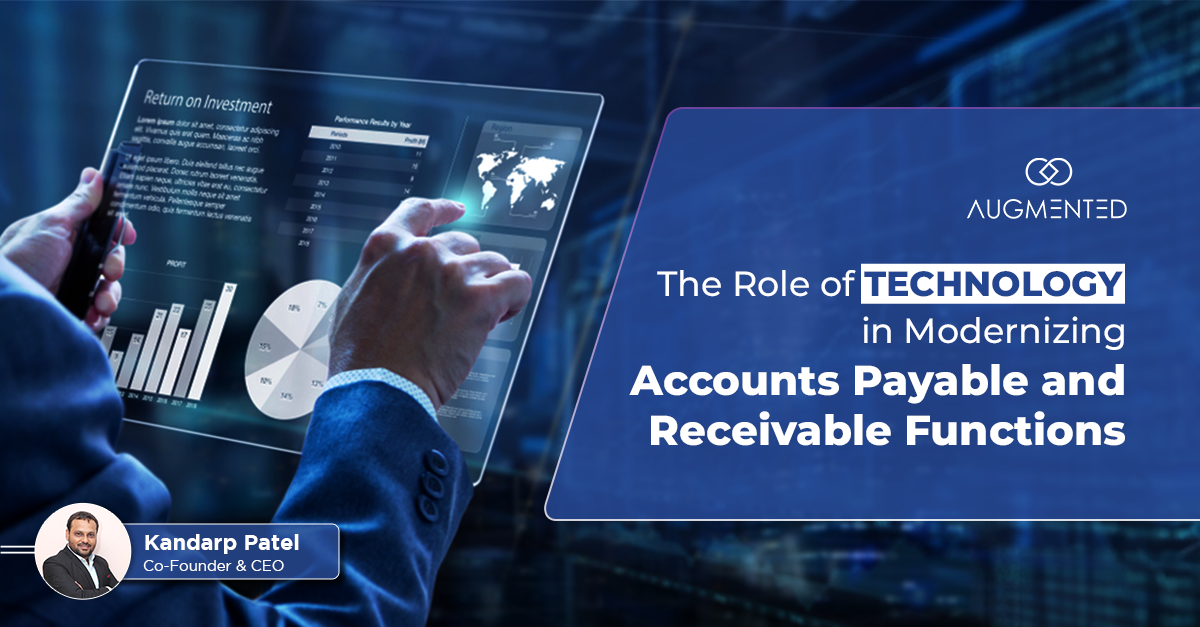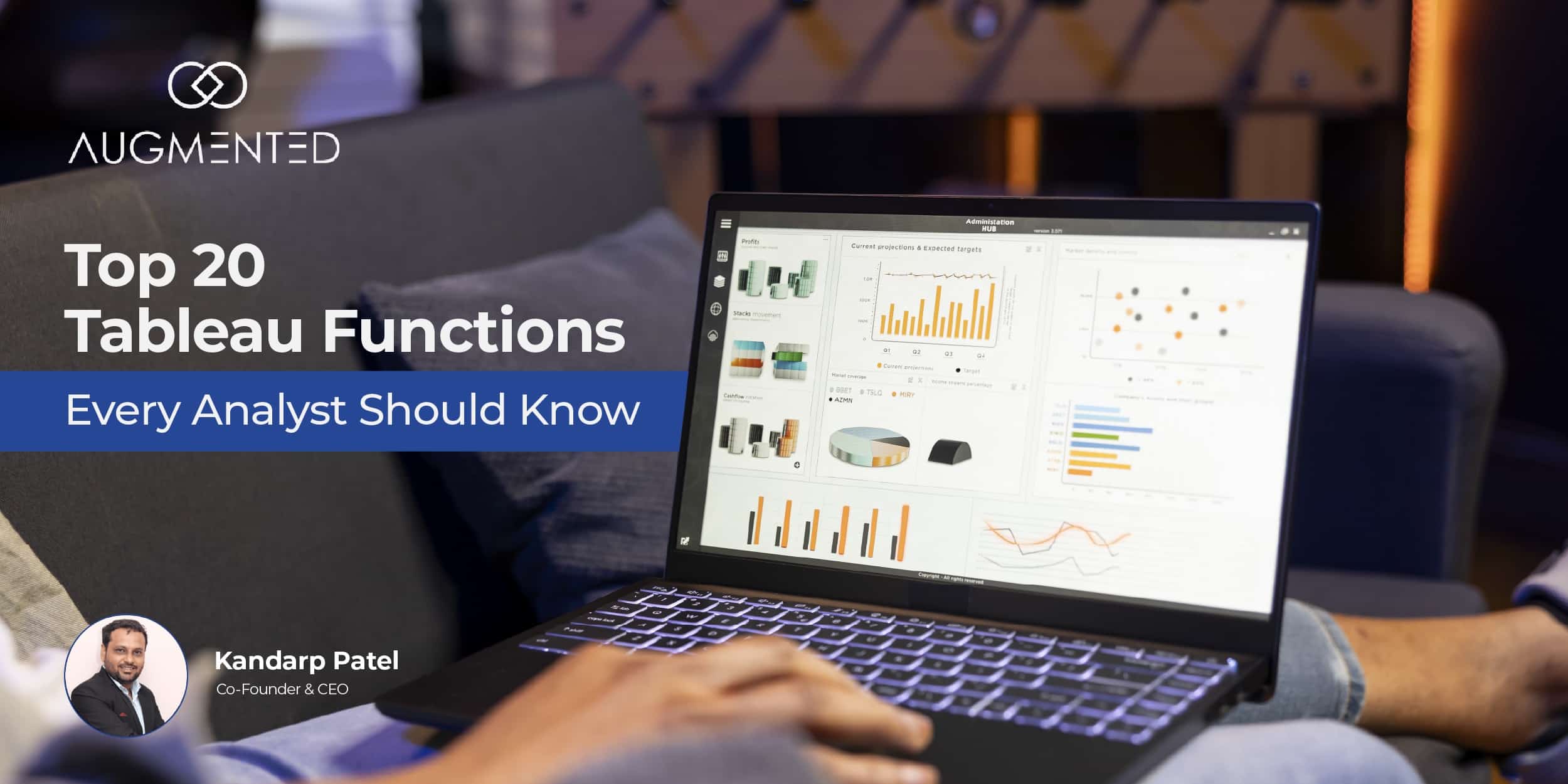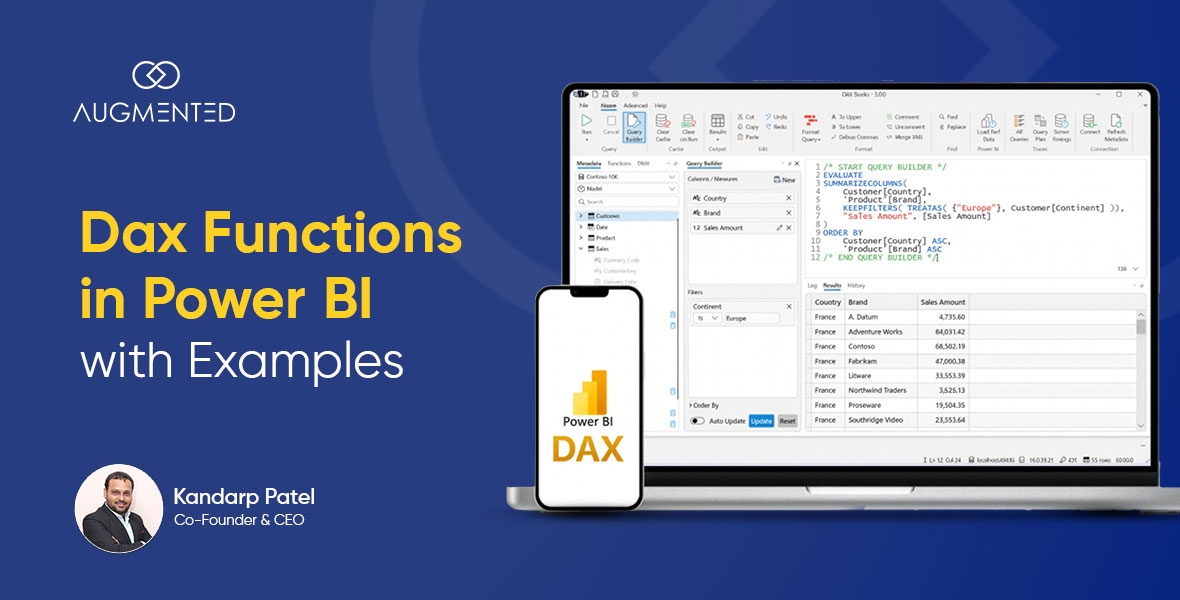Is managing finances becoming a vicious cycle for your business?
Handling invoices, tackling late payments, and struggling with limited visibility into your cash flow is a never-ending process. It is how most businesses are supposed to manage their money.
But in a world where words like 'Digital' and 'Modern' are thrown around like confetti, what does a truly modernized accounting department look like? Is it just about being paperless, or is there more to it?
Curious about the future of finance? Dig into this blog to see how technology is shaping the industry.
What do Accounts Payable and Receivable Mean?
Accounts payable and accounts receivable are essential elements of a financial balance sheet. No matter if its a business or corporate finance, AR and AP play a crucial role.
However, AR and AP are often mistaken because they impact the inflow and outflow of funds within a business or company equally.
Account Payable (AP): The capital a company owes to third parties. It is considered a current or short-term liability and must be paid within a year.
Example for Account Payable:
Say a supplier sends you an official purchase order, terms and conditions and sets a delivery date.
The supplier agrees to cover some upfront costs and the remaining amount after the services are provided. (For example, 30% upfront and 70% upon completion, payable as debit and credit.)
Once satisfied with the service or product, the supplier sends you an invoice with the agreed-upon payment period. Until then, the pending payments remain as accounts payable.
Account Receivable (AR): The money a company owes from its customers. Businesses usually offer a grace period to the customers to pay for the purchase. For example, ‘net 15’ means the customer has 15 days to make the settlement.
Example for Account Receivable:
Say you provide a service or deliver products to your customers worth a specific amount.
You provide your service on credit as the customer does not make instant payments. This credit is recorded as an account receivable, indicating how much your customer owes you for your goods or services.
Let’s understand the differences better:
Financial health for any corporate or business is determined by accounts payable and receivable. Managing finances is getting more and more time-consuming for many due to an increase in clients and data.
Moreover, businesses and companies are leveraging bookkeeping software for small businesses to manage their liabilities and assets. Thus, the traditional paper-laden approach is now changing to modern accounting.
Do you also want to ditch the old-school methods and work for a smarter future with accounts payable and receivable? Then, read ahead.
The Rise of Modern Technology
Why are almost 82% of businesses failing because of cash flow? Why are most of the startups toasting within a few years? Late invoicing, missed payments, and unrecorded transactions are killing businesses. Slow and error-prone manual accounting systems lead to cash flow chaos. But this is not all. Businesses face many other challenges every day with manual methods.
Let's have a look.
The Challenges of Relying on Manual Methods of Accounting
Many businesses rely on manual efforts to manage accounts payable and receivable. This leads to obvious disruptions such as below:
- Time-consuming
- Prone to human error
- Leads to missed payments
- Delays collections
- Paper-based invoicing
- Provides limited visibility
- Has missed communications
- Hinder decision making
- Lacks standardized workflows
- Inaccurately reports finances ( and many more.)
At the end of the 20th century, basic computers streamlined accounting and bookkeeping processes, making financial transaction tracking and management easier with accounting software and ERP (Enterprise resource planning) systems.
But was that enough to streamline finances? No! Here’s why companies started switching to modern accounting solutions. Below are four benefits that can help you stay ahead with the digital trends.
4 Benefits of Modern Technology in Accounts Payable and Receivable
Businesses are using platforms like Zoho, FreshBooks, and many others to handle their financial flow. Besides that, bookkeeping software for small businesses is also growing rapidly.
Moreover, businesses are switching to modern solutions like digital payments, electronic reporting and advanced technology such as AI (artificial intelligence).
The impact of technology on accounts payable and receivable is above and beyond. Let’s see how.
1. Automation
Automation is taking over the world of finances, and enterprises are no longer relying on laborious, manual procedures to complete regular accounting chores. Additionally, the global accounts receivable market is predicted to grow by $1.13 billion by 2026.
With automation, you can:
- Automate processes, such as invoice generation, payment tracking and reconciliation
- Help businesses generate and distribute invoices
- Send payment reminders
- Get follow-ups on overdue payments
- Free up your valuable time
- Improved cash flow management
- Reduced costs
- Secure and error-free payment systems
- Focus on more strategic tasks
The technological revolution has replaced the manual work of check payment methods and cash. You can now make instant payments by shifting to automation and electronic payment methods.
2. Integration
Digital technology is a game changer for traditional accounting processes. Businesses are integrating with other financial systems to improve their data accuracy and efficiency.
- Integrate with systems like ERP to get real-time visibility into your financial data.
- Manage customer relationships better with software like CRM (customer relationship management)
- Make informed decisions
- Foster strong relationships with suppliers and customers
- Respond to market changes faster
Moreover, integrating mobile technologies and the cloud is crucial in managing finances. Mobile capabilities allow users to access financial information like invoices and payments.
3. Data Analytics
Data analytics enables businesses to analyze their raw data and convert it into meaningful insights. Through data analytics and reporting, businesses can make informed, data-driven decisions.
- Uncover trends and patterns of your financial data with data analytics
- Develop targeted strategies and anticipate cash flow
- Get insights into customer payment patterns
- Identify bottlenecks in payment processing
- Optimize credit management strategies
- Track key performance indicators (KPIs)
- Address payment issues
- Strengthen relationships with customers
- Offer tailored payment terms and solutions
With data analytics and reporting, you can streamline your communications and collaborations with your vendors and customers. Moreover, you can better understand customer behavior.
4. Customer Experience
With technological advancements, you no longer need paper invoices and phone calls. Technological changes have made the payroll accounting system a breeze.
- Hold time and paperwork are reduced, making businesses happy
- Convenient and secure payment services are a big benefit to customers
- Decreased manual intervention
- Automated reminders and notifications keep customers informed
- Updates on upcoming dues and late payments
- Instant support with chatbots and virtual assistance
Technology helps businesses build stronger customer relationships and enhances customer satisfaction and experience.
By proactively tracking accounts payable, you can determine where your money is going and how to be more efficient. Moreover, you can stay current on your business's profitability by monitoring accounts receivable.
3 Ways to Modernize Your Finances
New technologies are reshaping the financial landscape worldwide. Financial processes are unprecedented opportunities for organizations to enhance their overall efficiency, accuracy and transparency in their operations.
Read on to see how you can change your capital structure.
1. Artificial Intelligence and Machine Learning
AI and ML are helping develop powerful software that is capable of analyzing, interpreting and comprehending complex data.
AI mimics human cognition to perform complex tasks and learn from them. At the same time, ML is a subcategory of AI that uses algorithms to produce adaptable models that can perform complex tasks.
- AI and machine learning algorithms can help you get real-time financial insights.
- AI and ML can help you revolutionize financial analysis, forecasting and risk management.
- Automate tasks like invoice processing, fraud detection and data entry
- You can make smarter decisions by analyzing historical data and predicting payment behavior
- Suggest optimal payment schedules and collection strategies using AI and ML
Leverage the power of AI and ML algorithms to effortlessly detect irregular patterns in your financial system.
2. Robotic Process Automation (RPA)
RPA is an advanced business process automation that uses intelligent solutions to streamline repetitive tasks, reduce errors and optimize workflows.
- RPA allows you to automate operations like sending invoices, tracking overdue payments and receiving clearance follow-ups.
- It improves cash flow by speeding up invoice processing and payment cycles.
- Reduces manual work and helps focus on other tasks.
Robotic process automation is useful for many finance-related tasks, including accounts payable, accounts receivable and order processing.
3. Blockchain
Blockchain is a distributed ledger technology that facilitates the use of digital bookkeeping and recording systems to capture financial transactions and related data. It can record transactions in multiple places at once.
- It helps make transactions securely and transparently.
- Get a tamper-proof record of your transactions and reduce the risks of errors and fraud.
- Speed up your settlements using blockchain.
- Create a transparent and efficient supply chain.
Blockchain technology can transform your payment processing system, supply chain management, and digital identity. It can also help businesses improve vendor and supplier relationships.
Modern technologies can help you create an efficient, secure, automated accounts payable and receivable system.
To help business owners not cringe at hearing the word 'cash flow,’ here are a few tips to manage AR and AP.
5 Tips to Handle Accounts Receivable and Accounts Payable
Managing hundreds of different transactions can be a headache. Keeping track of what you owe, what you have sold and what your customers owe you can be difficult.
However, cash flow management must be a top priority for all businesses and organizations. Here are five tips to assist you in reaching your financial goals.
Tip 1: Create credit policies. You can give greater payment flexibility to good credit customers and less leeway to new customers. Also, pay your suppliers when you receive items in good condition. This can help you take advantage of discounts.
Tip 2: Foster Communications. When dealing with large transactions, you might struggle to stay on top of both departments. Accounts payable and receivable can make you juggle. Communication between departments can make this easier.
Tip 3: Short Transaction Cycles. Establish shorter timelines for accounts receivable and payable. Shorter receivables can help you quickly deal with your accounts payable.
Tip 4: Use Modern Technology: Tracking a missing invoice can be painstaking. Tracking invoices, receipts, order purchases, and shipping is too much work. Hence, use automation and modern technologies to track your finances.
Tip 5: Ageing Accounts: Keep track of all your accounts and transactions. For all aging accounts, take action immediately. Establish timelines for when payables and receivables should be cleared.
You can automate these processes using accounts payable software or accounts receivable management tools. You can track anomalies and mis-interrupted workflows and determine your business's financial health.
Predicting the Future
People used abacus to keep track of calculations and machines that could help solve math problems. Accounting technology evolved to calculators, computers and now automation.
But what is the future of accounting? How will accounts payable and receivable functions change in the coming years?
Imagine a future where the payment process is not just streamlined but fully automated.
Conclusion
Technology and digitization have changed the global market in the last few years. They have influenced the nature of accounts payable and receivable functions, making them more than just the 'bean counter' of the past.
The future of finances looks sorted and bright. If you are looking for modern financing methods, contact our experts at Augmented Systems.





